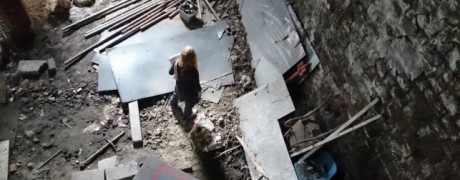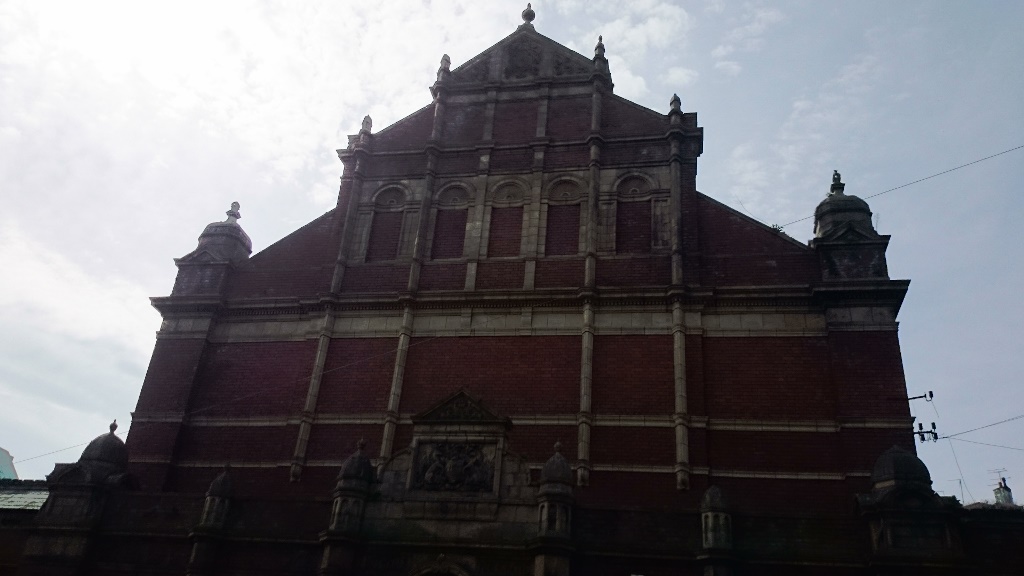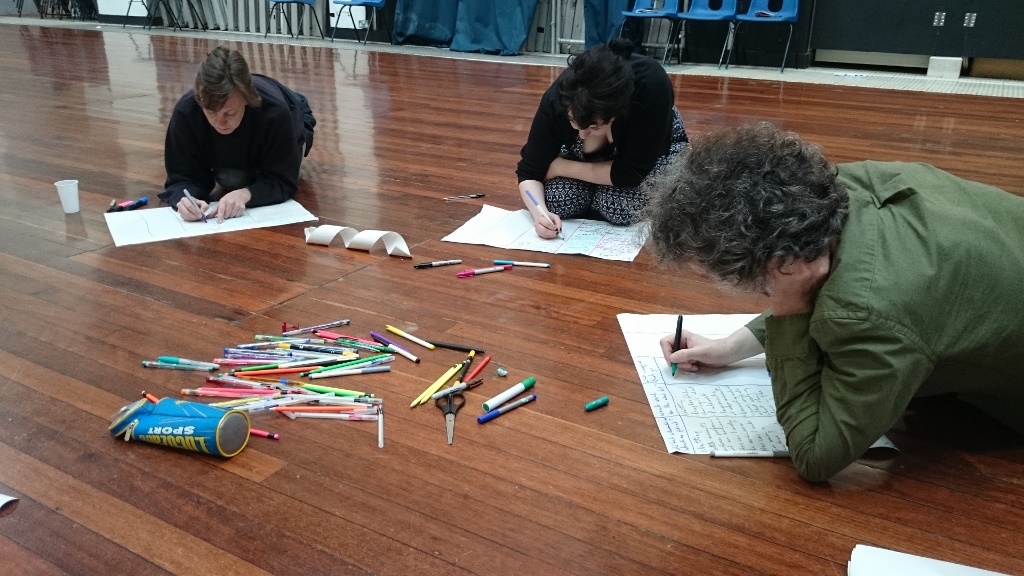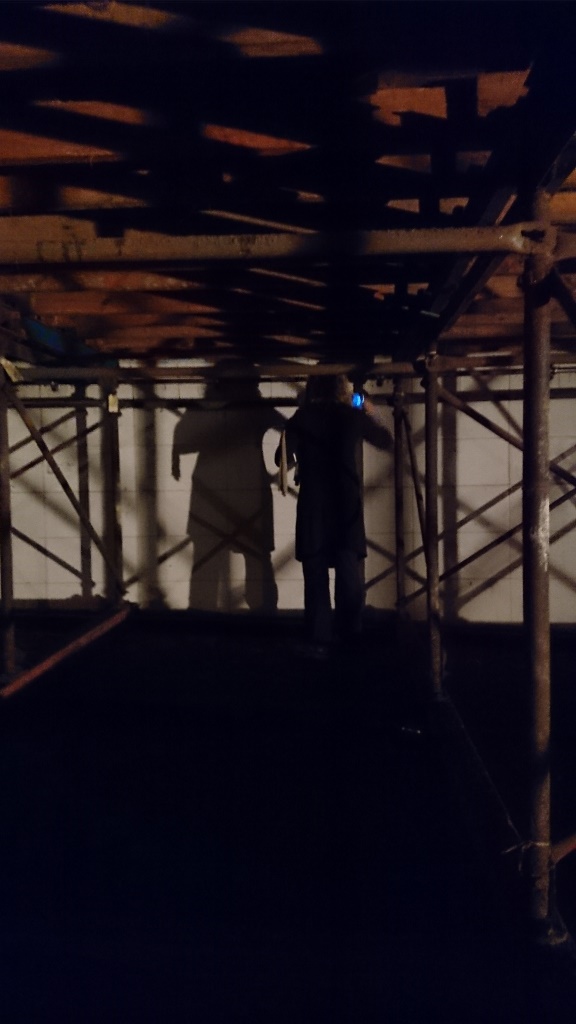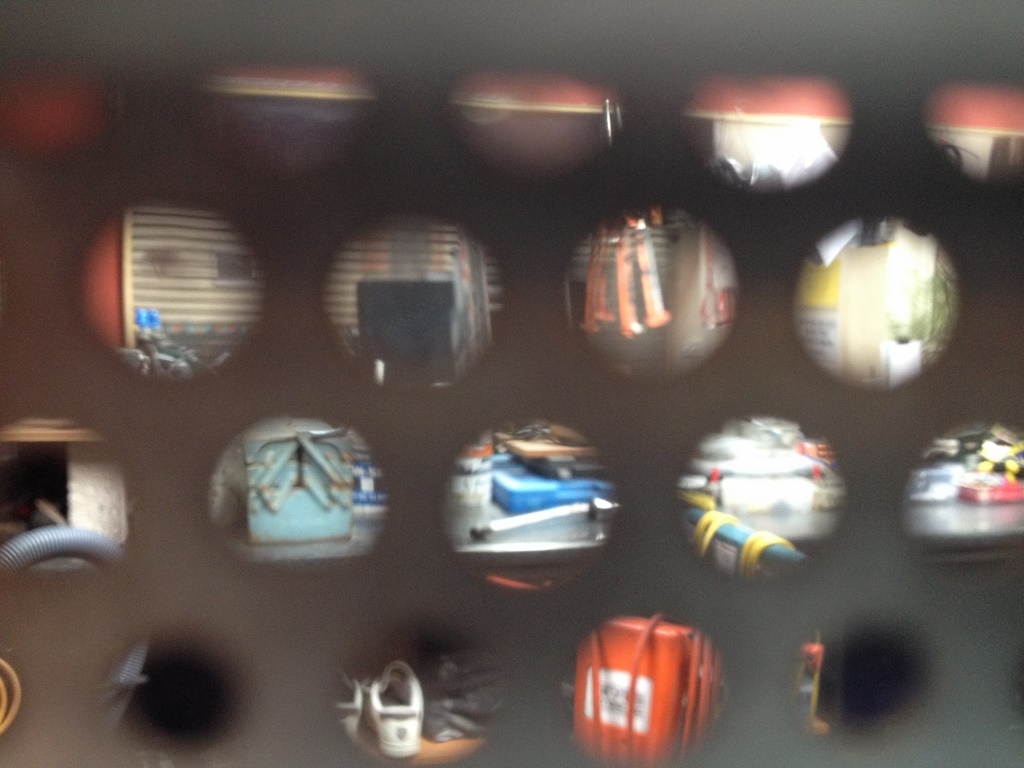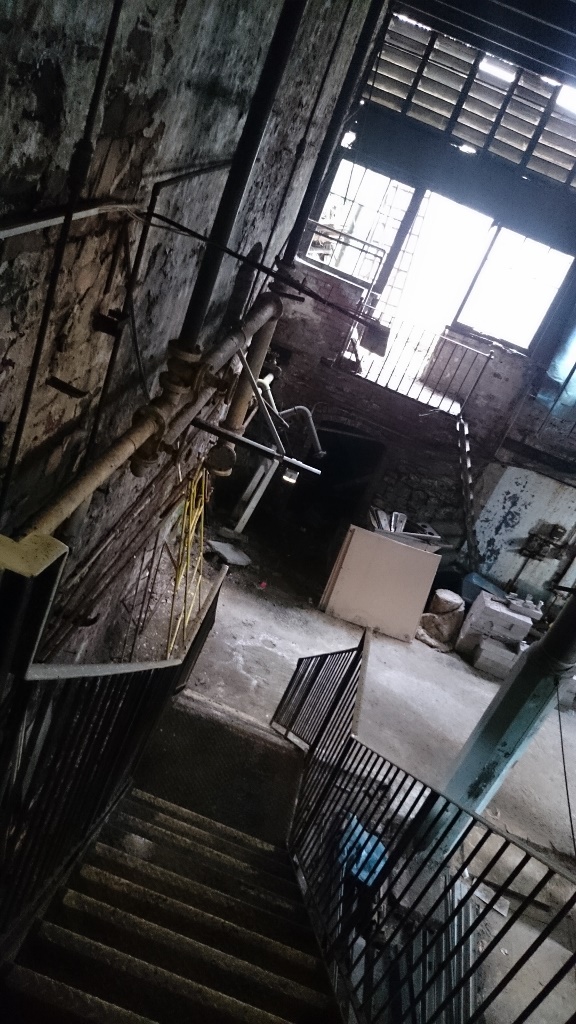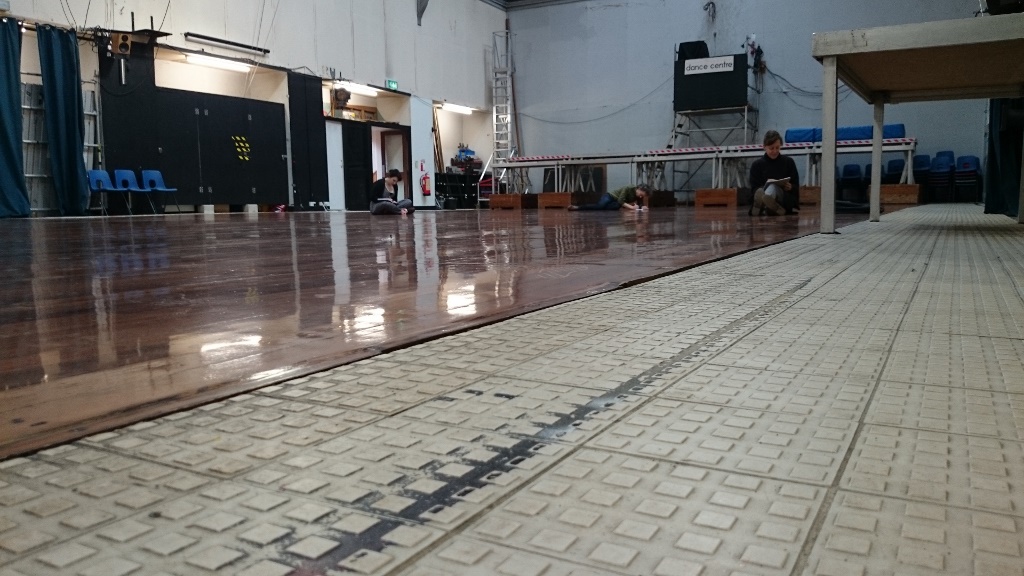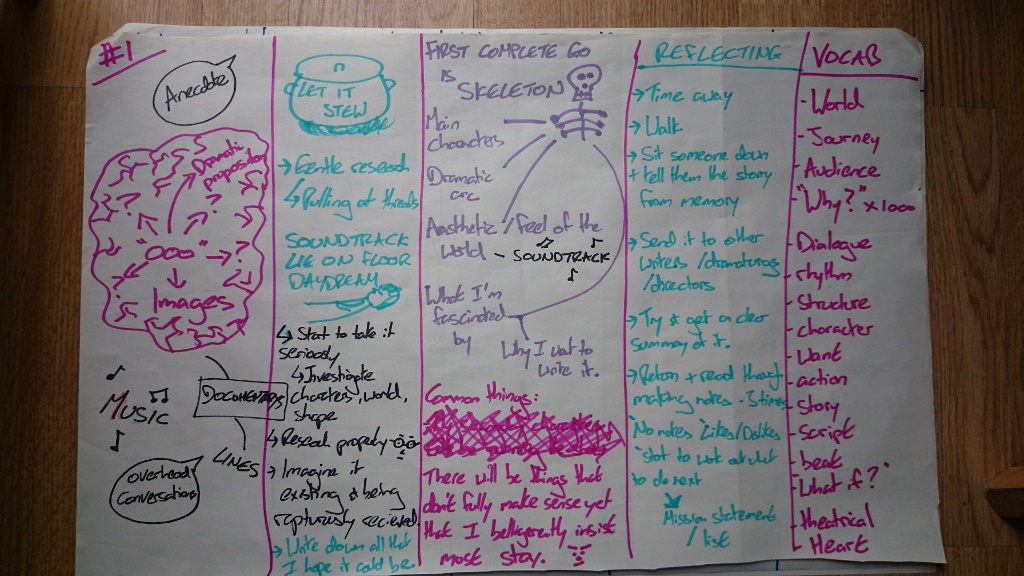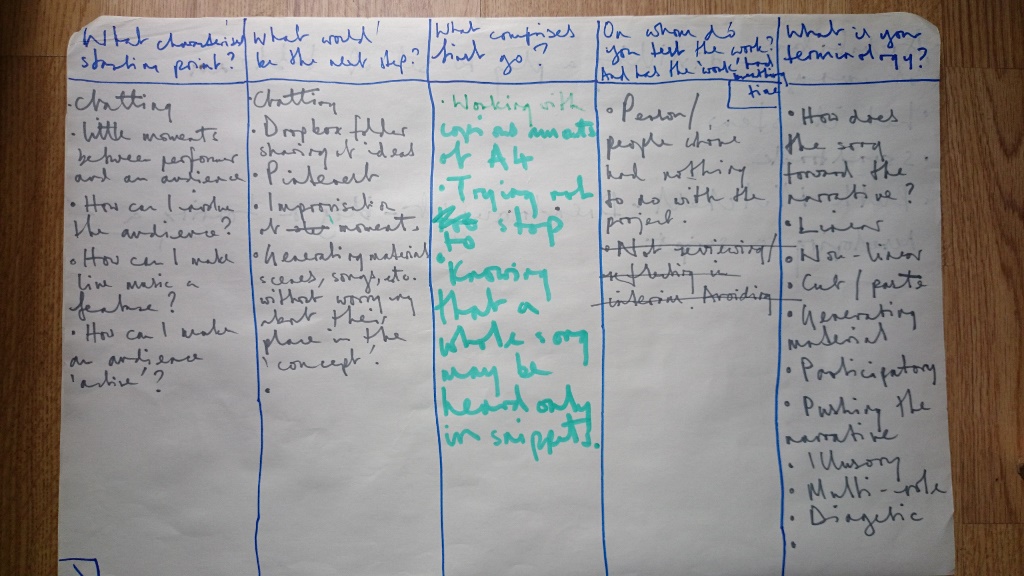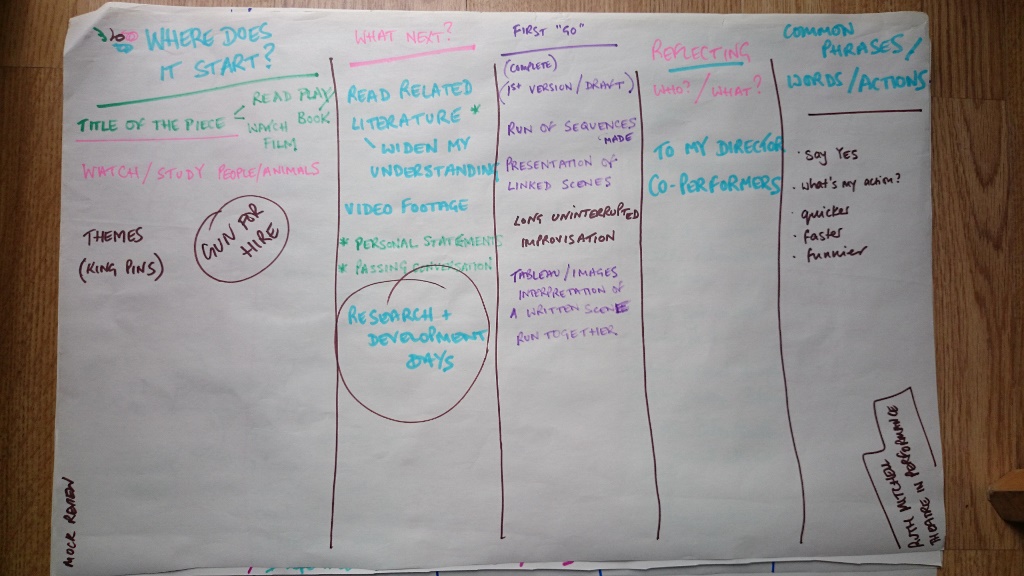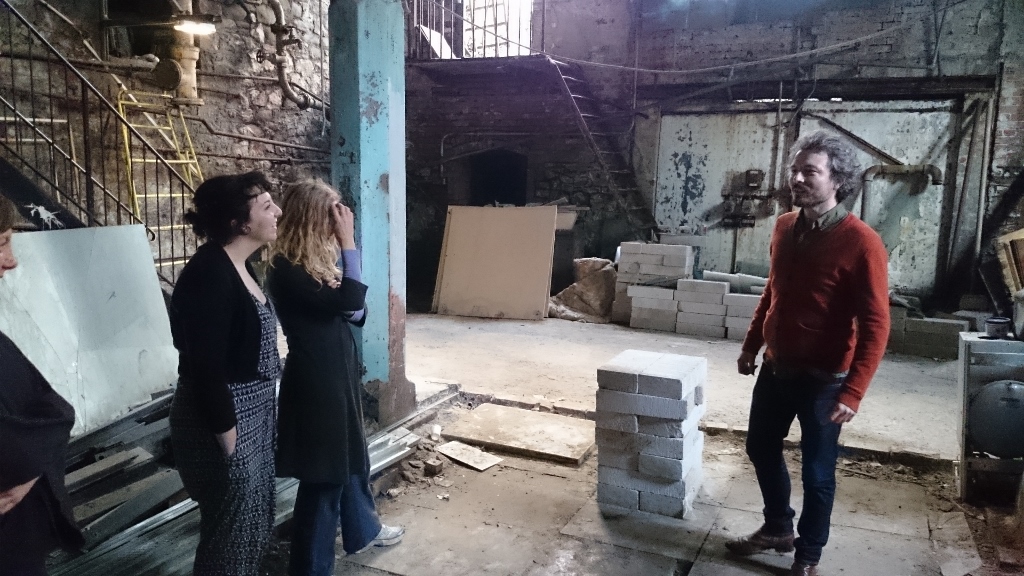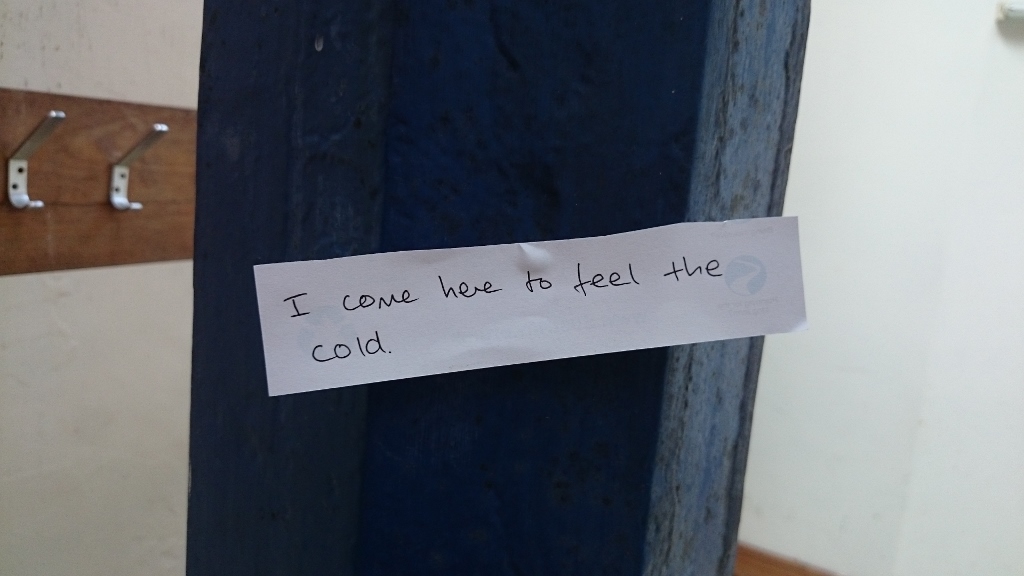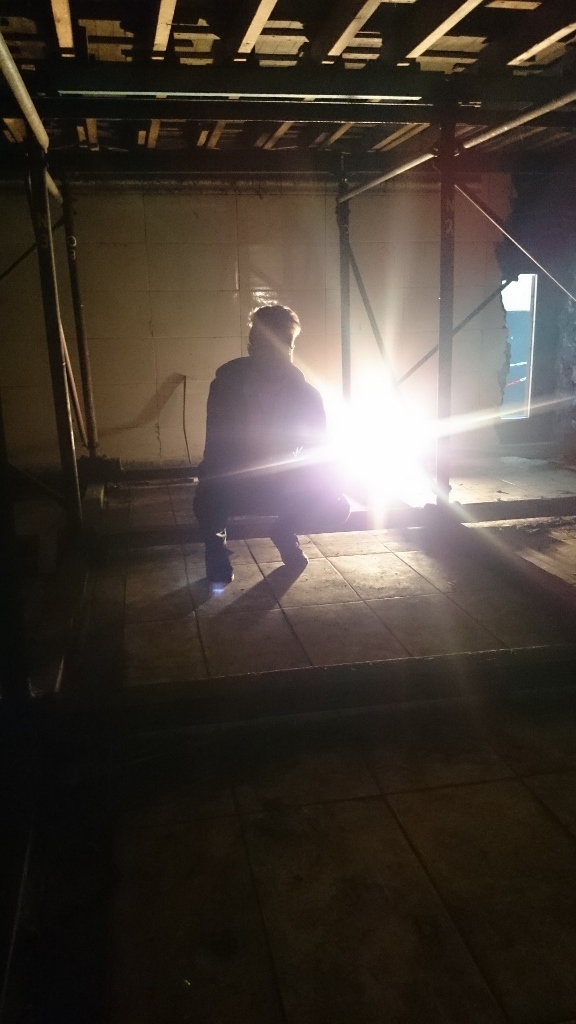The old Bath Houses on Jacob Wells Road in Bristol are an imposing sight, and hide within their walls (and beneath their floors!) a wealth of history, secrets and transformations from its eclectic history of use.
We spent the day there with writer Bea Roberts, musician/performer George Williams, director Nik Partridge and performer Lucy Tuck to explore its potential for short performances.
The day began with a half-hour exploration and shared reflections on our initial impressions of the space, touring one another in pairs to the hidden corners that intrigued us the most.
You can hear full (5-minute) discussions between director Rachel Aspinwall and writer Bea Roberts about their spaces by clicking here, and another between director Nik Partridge and musician/performer George Williams by clicking here.
Bea and Rachel reported back on:
- feeling like architectural detectives
- linking up the levels and layers of the space
- investigating the strangeness of its questions: hidden spaces and false walls
- looking for the logic in connecting the incongruous uses of the space over time
- having a ‘Russian Dolls’ experience the longer they looked
- being drawn to the floors and spaces ‘in-between’ the visible one
Rachel explores the cavern of scaffold created in the old swimming pool recess (above)
Bea takes a lens to highlight what’s shown and hidden in the space (above)
Nik Partridge and George Williams shared their reflections upon:
- the encroachments of nature into the space (plants, wildlife, rain)
- the aural experience: the collision of birdsong / acoustics / sound reclaiming or reshaping a space
- the mystery around disused industrial / mechanical implements
- plays on the sense of time: rusting saw blades attached to pristine plastic handles
- the contrivances of a space adding to its meaning: imagining the disused boiler room like a cathedral
The descent into the boiler room… or the steps down into a place of dark worship…
Lucy Tuck and David Lane connected their spaces through:
- the act of seeking and intrigue: staying where there weren’t answers or clear explanations
- evidence of human activity past and present (a broom leant against a wall with a pile of dust left unswept)
- that which was successfully living and successfully dying in the space (plants / insects / memories)
- a sense of unease
- imagining the leaps of faith that are taken to create grand architectural structures: and the ‘people that can’
Dance floor meets swimming pool meets artist workspace meets cathedral…
We then each took part in the Tool Kit #1 exercise from The Engine House Viewing Chamber, sharing an overall picture of our individual creative processes from first ideas to first drafts.
Bea Roberts’ record of process (above)
George Williams’ record of process (above)
Lucy Tuck’s record of process (above)
We went on to ‘borrow’ one another’s process tools to liberate ourselves from our usual approaches to working – attempting to create a short performance piece in our chosen space over an hour.
George Williams created the role of a caretaker devil, tempting us down into the depths for an exploration of his home, gently coaxing us into a trap we weren’t expecting… if you click on the image below you can view a short clip of his performance.
David Lane explored the strange abandoned school cloakroom next to another caretaker’s office, installing fragments of text in the space and then asking one of the performers to relay a stream-of-consciousness dreaming technique borrowed from Bea and George’s processes to see what sort of story might emerge. You can hear the full audio story (only a few minutes!) by clicking on the image below.
Nik Partridge created a beautifully layered piece of writing honouring the story of a man who died in the pool – a single historic death forgotten by the public, but now theatrically re-imagined for a small congregation of onlookers beginning on the pool’s old surface level (involving all of us participating in some ‘dry swimming’ on the dance floor) before descending into the depths of space beneath water level for a poetic and quiet conclusion.
Nik performs a eulogy for the forgotten, within the void where the old pool’s water would have been
The benefit of using one another’s processes was felt by all of us: freeing us from the pressure of conforming to our own expectations of how we ‘should’ work are or used to working, and plunging into the unknown.
At the end of the day we were all surprised with our creative choices, exercising muscles we wouldn’t otherwise have put to the test and taking bold steps in creating work in a quick but supported way. We all learned a little bit about how to expand and challenge our processes, and how being invited to work outside our comfort zones could give us a more robust artistic process that would feed back into our other projects.
Bea Roberts, Writer:
‘I borrowed from George the idea of generating material freely without worrying about where it might fit into an overall idea and I borrowed from Lucy the idea of long uninterrupted improvisation. So, bearing that in mind, I sat and wrote freely for several minutes. Then I came up with the idea of using only found text from my space so I quickly switched to doing that and ran with it without analysing it. Generally I plan, analyse and structure my ideas very thoroughly before I begin writing so this was a totally opposite approach.
I found that I actually really enjoyed writing without already knowing what something was, where it was going or what it would mean to an audience. Taking this approach meant I concentrated much more on the texture and the rhythm of the words themselves rather than their direct meaning. I got into a space in which I was just working creatively without concerning myself over the end product.
The piece I created was far more abstract and experience based then anything I would usually write. I think the approach of writing this freely and instinctively, with a greater focus on the sound of dialogue, was great to play around with and is definitely something I’d look at incorporating into my practice when I’m in the early stages of developing work.’
If you’re interested in taking part in future Melting Pots just get in touch via the Contacts page.
